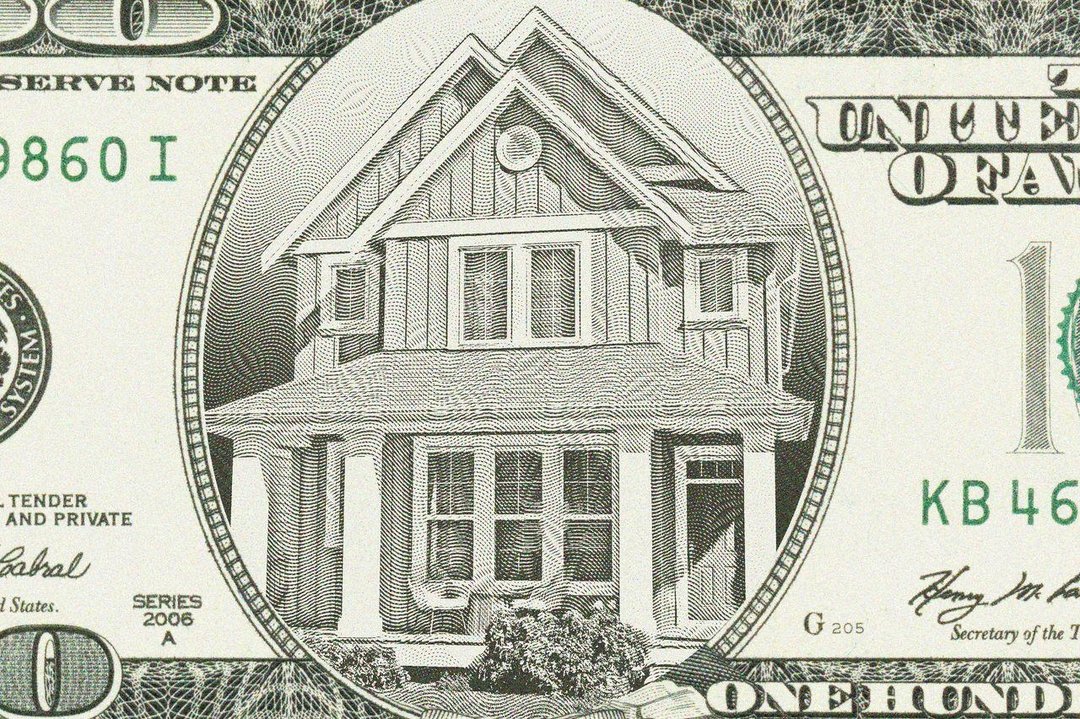
By Neal Templin
April 24, 2023
Financial Planner Milo Benningfield says he has a client who did something she never expected to do: rent out a room in her San Francisco house.

Illustration by Lynne Carty/Barron's; Dreamstime (2)
The extra income of $15,000 to $20,000 a year, combined with a part-time job, allowed the woman to avoid drawing from her retirement savings, Benningfield says. And she ended up liking having the company of a boarder.
“It made the house more of a working asset for her,” says Benningfield, who is based in San Francisco himself.
Their house is the biggest financial asset for millions of retirees and empty nesters, and many are mismanaging it, experts tell Barron’s. Some are living in a house that is too big and too expensive for their current lives, and they could have a big increase in discretionary income by moving to another region with cheaper taxes and housing costs—or even by moving to a smaller home nearby.
Even people who don’t want to move or downsize can take steps to make their home more of a working asset. Renting out a room isn’t the only way. They can rent out the entire home when they go on vacation. Or they can take out a reverse mortgage so they can tap equity in their house without selling it.
“For many people, the house is an economic waste,” says Laurence Kotlikoff, an economics professor at Boston University. “It isn’t just that you have too many bedrooms. But you may not be in the house most of the time because you’re at work, or visiting the kids, or on vacation.”
Here are some tips on how to free up the money locked in your house.
Move to a Cheaper Area
If you’re living in a high-cost area like the Northeast or the West Coast, the savings from moving to a cheaper region can be eye-opening.
Kotlikoff, who also sells financial-planning software, did a hypothetical calculation for a married couple living in Connecticut in a $1.5 million house with a $30,000 annual property tax bill. He assumed the couple has $2 million in retirement accounts and $5,000 a month in Social Security income.
By moving to a $500,000 house in Tennessee, which has no state income tax and where their property taxes might be $3,000 a year, their disposable income would rise by more $61,000 a year. That would almost double the spending money they had after paying taxes, housing, future Medicare premiums, and other essential expenses.
You don’t have to move far to get big benefits. Kotlikoff did another hypothetical calculation for a single woman living in Nebraska in a $500,000 house. He assumes the woman has $750,000 in her retirement account and receives $1,750 a month from Social Security. By moving to a smaller $250,000 house in Omaha, she could raise her discretionary income by $11,000 to $42,000.
“All this is safe money,” says Kotlikoff, who himself moved from Boston to Providence, R.I., three years ago to take advantage of lower housing costs there. “You can’t get this from investing in the market.”
Or course, moving can be wrenching, especially if you grew up in an area or have lived there a long time. Financial planner and certified public accountant Greg Will of Frederick, Md., agrees moving can make a huge difference in finances for people, but nonetheless only recommends that clients do it if they need the money for a comfortable retirement.
“It isn’t about dying with the most money left over,” he says. “It’s about using the assets they have to enjoy their life while ensuring they don’t run out of money during their lifetime.”
Become a Landlord
If you own too big a house and don’t want to move, another solution is renting it. It’s a way to downsize and stay in place.
It used to be that renting out your house for short periods was often difficult and burdensome. It has become far easier with Airbnb and its brethren.
Another option is permanently renting out part of your house. This can make particular sense for a widow or widower who might benefit from having a younger person in the house. Some organizations like Nesterly help connect seniors and college students. The students, who sometimes help out with housework, get relatively cheap housing. The owners get revenue and sometimes a bit of company as well.
One thing to keep in mind: Becoming an Airbnb host or similar might subject you to the income-tax rules for residential rental property, according to H&R Block. The rules can get a bit complicated, but money received from renting your property generally must be reported on Form 1040 along with all your other income.
Borrow Against Your Equity
After a long run-up in home prices, seniors are sitting on some $11.8 trillion in home equity, according to the National Reverse Lenders Association, a trade group. Many of these seniors have inadequate savings for retirement, and a reverse mortgage would allow them to tap their equity and still remain in the same house.
“There are millions of seniors that retire without a pension and any savings beyond Social Security,” said Steve Irwin, president of the association.
Reserve mortgages also can be used to lessen sequence-of-return risk in retirement portfolios. Sequence risk occurs when the stock market takes a nasty dive early in someone’s retirement, forcing the retiree to sell battered stocks to fund living expenses. When the market recovers, the stocks are no longer there, and the portfolio takes a permanent hit that can dent a retirement.
“A reverse mortgage is just a way to create liquidity so that you can spend your home equity in the same way you spend your investment portfolio,” says financial author Wade Pfau, who wrote Retirement Planning Guidebook.
One remedy for sequence-of-return risk is to take money from a reverse mortgage when stocks are cratering. That gives equities time to rebound before you sell them. Research has been done on the subject, and it concluded that retirees could safely withdraw as much as 6% or 7% annually from their portfolio in good times as long as they tapped a reverse mortgage instead of selling stocks in market declines.
Another way to protect against sequence risk is to use the reverse mortgage to permanently lower your distribution rate from your investment portfolio, Pfau says. Suppose you have a $1 million retirement portfolio and a $1 million paid-off house. Instead of taking $40,000 a year from the portfolio, you take $20,000 a year from the portfolio and the other $20,000 from a reverse mortgage. Your portfolio should now be able to weather almost any market crisis, Pfau says.
One caveat on reverse mortgages: They aren’t cheap. To get a reverse mortgage on a $1 million house, you will pay approximately $32,000 in origination fees, mortgage fees, and mortgage insurance fees, Irwin calculates. (These fees can be rolled over into the loan.)
Fees are more minimal on a home-equity line of credit, or Heloc. The downside of a home-equity line of credit is that the bank can freeze or reduce it in certain circumstances. By contrast, the most popular reverse mortgage, the federally insured home-equity conversion mortgage, or HECM, guarantees that you will have a borrowing vehicle for the rest of your life. Reverse mortgages are structured so that any untapped borrowing capacity rises every year, even if the housing market declines.
For various reasons, including high fees, reverse mortgages have never really caught on. On top of that, people who have paid off their mortgage don’t like going into debt again. Last year, there were only 60,000 of them issued. Mark Warshawsky, now with the American Enterprise Institute, did a study in 2017 that found 14% of seniors could benefit from a reverse mortgage. And yet only about 2% have one.
Write to Neal Templin at neal.templin@barrons.com
This Barron's article was legally licensed by AdvisorStream.
Dow Jones & Company, Inc.



